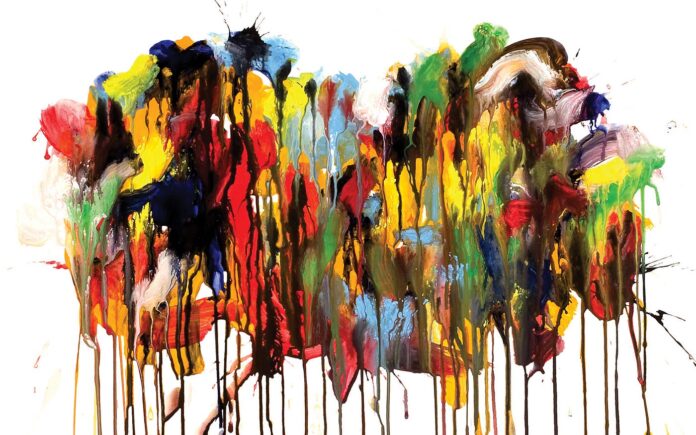Key Takeaways:
- American art evolved from its birth in the late 18th century, breaking away from European traditions and developing its own unique style.
- Realism became prominent in the 19th century, allowing artists to portray everyday life and provide a truthful representation of American society.
- Modern art movements like Abstract Expressionism and Pop Art challenged traditional notions of art, reflecting the emotional intensity and mass culture of the American experience.
- American art has been influenced by Native American and Indigenous cultures, European art traditions, and the experiences of African Americans.
- The American Dream, the American landscape, and political/social commentary have been recurring themes in American art.
- The digital age has revolutionized art creation, consumption, and sharing, with artists exploring new mediums and platforms.
- Social media and online platforms have democratized the art world, providing new avenues for exposure, sales, and art appreciation.
- The future of American art will involve innovations and challenges, as artists navigate new technologies and protect the integrity of their work.
1. The Evolution of American Art
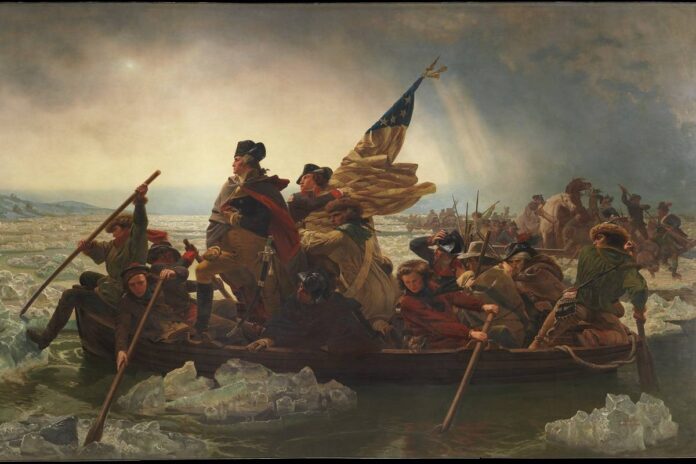
American art has a rich history that reflects the cultural and social identity of the nation. The evolution of American art can be traced back to its birth in the late 18th century. During this period, American artists began to break away from European traditions and develop their own unique artistic style.
The Birth of American Art
The birth of American art can be attributed to the colonial period when artists such as John Singleton Copley and Benjamin West emerged as pioneers. These artists sought to paint scenes that depicted the unique landscape and people of America. Their works often focused on historical events, portraits of important figures, and landscapes that captured the raw beauty of the nation.
One notable example of early American art is John Trumbull’s “Declaration of Independence,” which depicts the signing of the historic document. This painting not only celebrates America’s independence but also captures the spirit of the nation’s founding.
The Rise of Realism
In the 19th century, American art underwent a significant transformation with the rise of realism. Artists such as Winslow Homer, Thomas Eakins, and John Singer Sargent became known for their realistic portrayals of everyday life.
Winslow Homer’s “Snap the Whip” is a prime example of realism in American art. The painting depicts a group of boys playing a game, capturing a moment of pure joy and innocence. This shift towards realism allowed artists to explore the human experience and provide a truthful representation of American society.
Breaking Boundaries: Modern Art Movements in America
The 20th century witnessed a wave of modern art movements that challenged traditional notions of art. American artists embraced these movements and made significant contributions, pushing the boundaries of artistic expression.
One notable movement is Abstract Expressionism, which emerged in the 1940s and 1950s. Artists such as Jackson Pollock, Mark Rothko, and Willem de Kooning paved the way for non-representational art. Their works, characterized by bold brushstrokes and vibrant colors, reflected the emotional intensity and individuality of the American experience.
The Pop Art movement, led by artists like Andy Warhol and Roy Lichtenstein, emerged in the 1960s. These artists incorporated popular culture and consumerism into their works, challenging the distinction between high and low art. Their vibrant and iconic pieces, such as Warhol’s “Campbell’s Soup Cans” and Lichtenstein’s comic book-inspired paintings, captured the essence of American mass culture.
2. The Influences on American Art
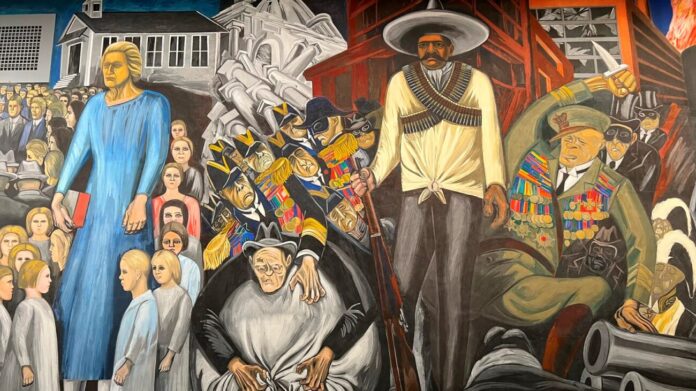
American art has been influenced by a variety of sources, including Native American and Indigenous cultures, European art traditions, and the experiences of African Americans.
Native American and Indigenous Influences
The rich artistic traditions of Native American and Indigenous cultures have had a profound impact on American art. Native American artists have long been creating works that reflect their cultural heritage, with intricate beadwork, pottery, and basket weaving serving as sources of inspiration for many American artists.
One influential artist who incorporated Native American motifs into his work was Charles Bird King. King’s portraits of Native American leaders, such as “Tshusick, King of the Mandans,” showcased the diversity and strength of these communities.
Transatlantic Exchanges: European Influence on American Art
The influence of European art on American art cannot be overstated. In the early days of the nation, American artists traveled to Europe to study and learn from their masters. This exchange of ideas and techniques helped shape the American art scene.
An influential European artist who had a lasting impact on American art is Thomas Cole. Cole, a British-born artist, is considered the founder of the Hudson River School, a group of artists who painted landscapes inspired by the beauty of the American wilderness. His work, such as “The Oxbow,” captured the awe-inspiring grandeur of the American landscape, reflecting the influence of European Romanticism.
African American Art and its Impact
African-American artists have played a vital role in shaping American art and contributing to the nation’s cultural identity. Despite facing numerous challenges and discrimination, these artists have used their creativity to express their experiences and promote social change.
One prominent African-American artist is Jacob Lawrence, whose series of paintings titled “The Migration Series” depicted the Great Migration of African-Americans from the South to the North. His work not only documented an important chapter in American history but also highlighted the resilience and strength of the African-American community.
3. American Art as a Reflection of American Identity
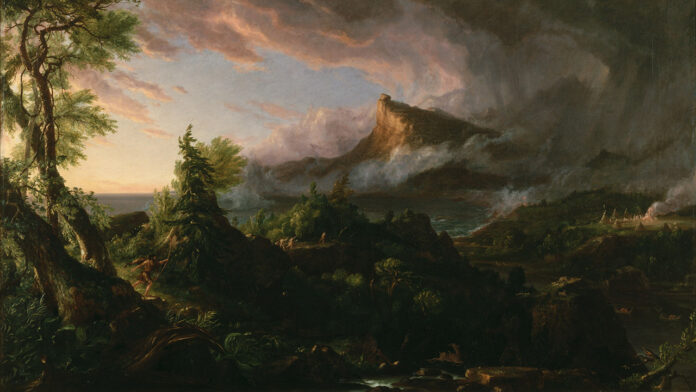
American art has often been a reflection of the nation’s identity, capturing its dreams, landscapes, and social issues.
The American Dream: Representations in Art
The American Dream, the belief in the possibility of upward social mobility and success, has been a recurring theme in American art. Artists have sought to convey the pursuit of a better life and the optimism that comes with it.
An iconic representation of the American Dream is Grant Wood’s “American Gothic.” This painting, featuring a stern-faced farmer and his daughter in front of their rural home, has become a quintessential symbol of American values and hard work.
The American Landscape: From Hudson River School to Photorealism
The American landscape has been a subject of fascination for artists throughout history. From the Hudson River School to the rise of photorealism, artists have captured the beauty and diversity of the American environment.
The Hudson River School, founded by Thomas Cole, focused on painting landscapes that showcased the sublime beauty of the American wilderness. Artists like Albert Bierstadt and Frederic Edwin Church ventured into uncharted territories to capture the awe-inspiring landscapes of the American West.
In the 20th century, artists like Richard Estes and Chuck Close pushed the boundaries of realism with their photorealistic paintings. Their works, such as Estes’ urban landscapes and Close’s detailed portraits, celebrated the everyday scenes and people of America with incredible accuracy.
Political and Social Commentary in American Art
American art has a long history of engaging with political and social issues, providing a platform for artists to express their views and challenge the status quo.
An artist who used his medium to comment on social and political issues is Keith Haring. Haring’s bold and energetic graffiti-inspired art tackled topics such as racism, AIDS, and nuclear disarmament. His iconic figures and vibrant colors made his work instantly recognizable and accessible to a wide audience.
4. American Art in the Digital Age
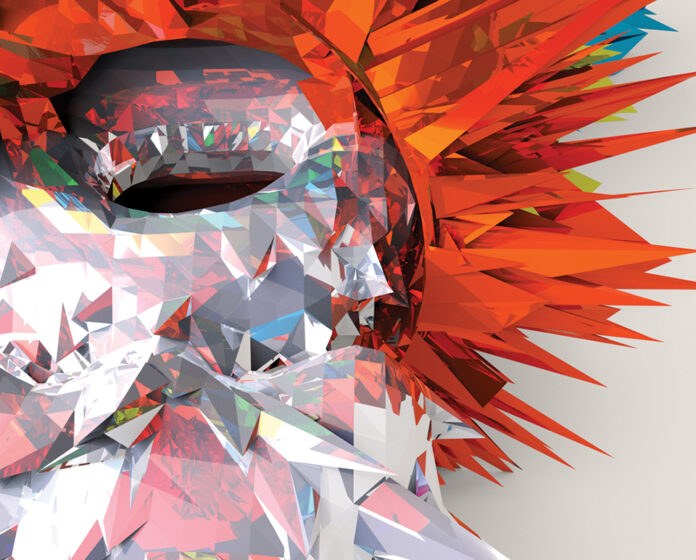
The advent of the digital age has revolutionized the way art is created, consumed, and shared. American artists have embraced new mediums and platforms to express their creativity and reach a global audience.
Contemporary American Artists: Exploring New Mediums
Contemporary American artists have expanded the boundaries of traditional art mediums, incorporating technology and new materials into their work. Artists like Maya Lin, known for her environmental installations, and Jeff Koons, famous for his larger-than-life sculptures, have pushed artistic boundaries and embraced innovation.
The Democratization of Art: Social Media and Online Platforms
Social media and online platforms have democratized the art world, allowing artists to showcase their work to a global audience and connect with art enthusiasts and collectors. Platforms like Instagram and online galleries have provided artists with new avenues for exposure and sales.
The accessibility of online platforms has also opened up new possibilities for art appreciation and education. Virtual galleries and online exhibitions allow viewers to explore art from the comfort of their homes, making it more inclusive and accessible.
The Future of American Art: Innovations and Challenges
The future of American art is filled with both exciting innovations and challenges. As technology continues to advance, artists will have new tools and mediums to experiment with, pushing artistic boundaries even further.
However, the digital age also presents challenges, such as copyright infringement and the devaluation of art in the age of mass reproduction. Artists and institutions will need to navigate these issues and find ways to protect the integrity and value of their work.
Despite these challenges, American art will continue to evolve and reflect the ever-changing cultural and social landscape of the nation. It will remain a timeless reflection of America’s rich history, diverse communities, and shared experiences.

